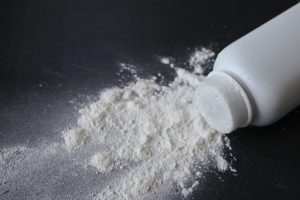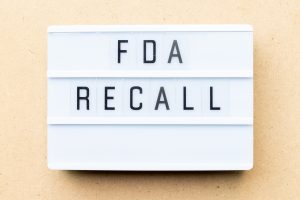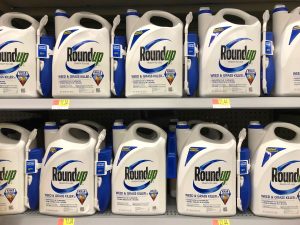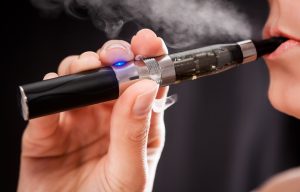Johnson & Johnson Stops Selling Its Talc-Based Baby Powder in the United States and Canada
Earlier this week, U.S. consumer product manufacturing giant Johnson & Johnson announced that it will no longer be selling the company’s talc-based baby powder products in the United States and Canada. The announcement comes after years of litigation surrounding allegations that the company’s talc-based baby powder may cause cancer. The announcement also follows last year’s recall of a batch of baby powder that was found to have potentially unsafe levels of asbestos, the cancer-causing agent that was at the center of the litigation.

Photo Credit: SewCream/Shutterstock.com
According to a recent news report, Johnson & Johnson stands behind the safety of its baby powder, and claims to have decided to stop selling the product due to shifting consumer habits, rather than safety concerns. Along those lines, a Johnson & Johnson representative issued a statement explaining that the company “remains steadfastly confident in the safety of talc-based Johnson’s Baby Powder” and that it will “vigorously defend the product, its safety, and the unfounded allegations against it and the company in the courtroom.”
 Illinois Injury and Mass Tort Lawyer Blog
Illinois Injury and Mass Tort Lawyer Blog







 Earlier this week, the U.S. Food and Drug Administration issued a
Earlier this week, the U.S. Food and Drug Administration issued a 





